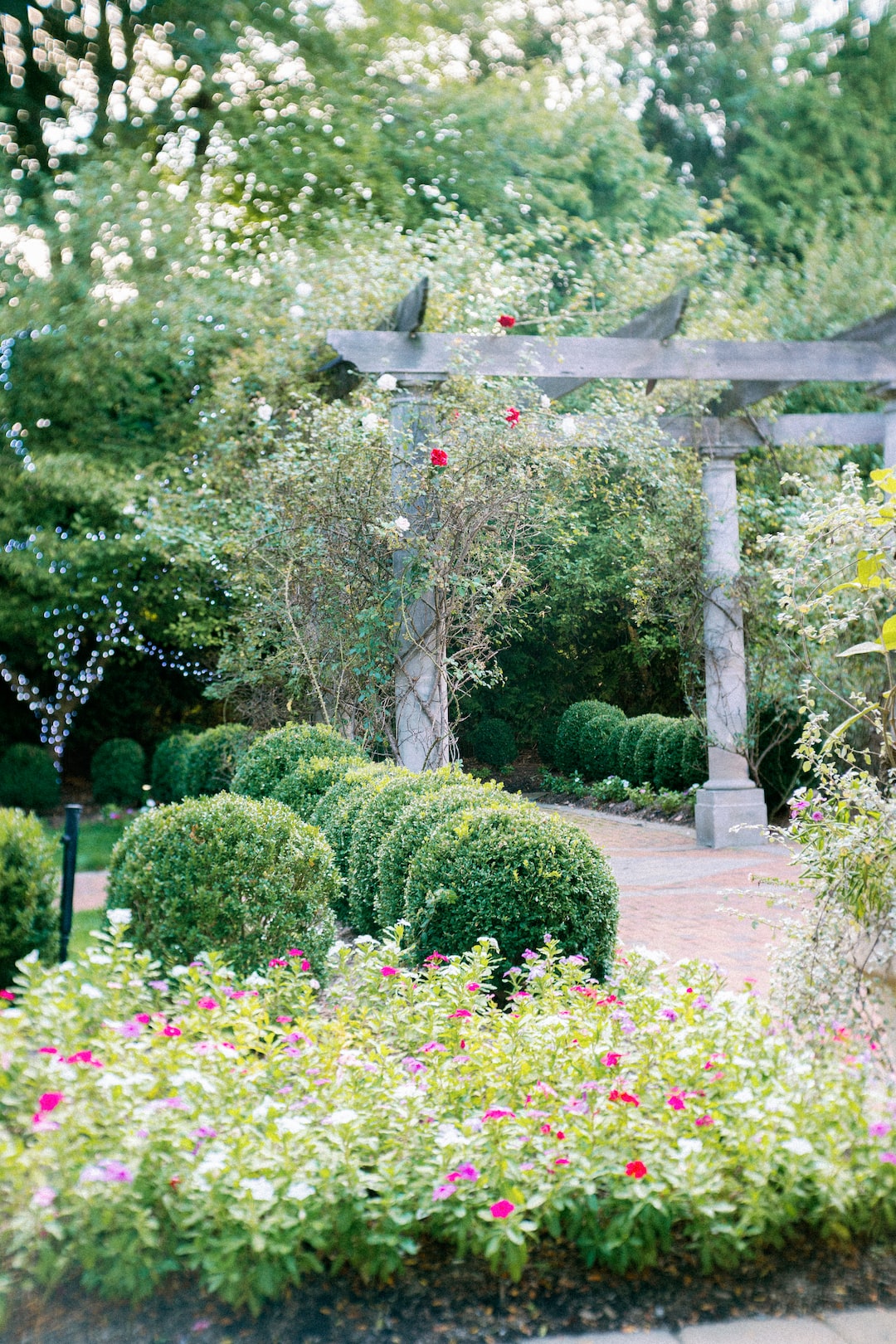The Benefits of Raised Bed Gardening: Tips for Building and Maintaining
Gardening has always been a favorite hobby and a source of relaxation for people around the world. It allows us to reconnect with nature, get our hands dirty, and watch plants grow from seeds to a beautiful garden. However, gardening can sometimes be a challenge due to limited space, poor soil quality, and issues with pests. This is where raised bed gardening comes in, offering numerous benefits for gardeners of all skill levels. In this blog post, we will explore the advantages of raised bed gardening, as well as provide tips on building and maintaining your own raised bed garden.
First and foremost, raised bed gardening offers enhanced soil conditions. One of the main challenges faced by gardeners is dealing with poor quality soil. In traditional gardening, the topsoil may be compacted, have inadequate drainage, or lack necessary nutrients. However, when using raised beds, you have full control over the quality of soil. You can mix in compost, organic matter, and other amendments to create the perfect growing medium for your plants. The improved drainage provided by raised beds ensures that excessive water does not accumulate, preventing root rot and other water-related issues.
Another benefit of raised bed gardening is that it allows for better weed control. Weeds can quickly take over a garden and compete with your desired plants for nutrients and sunlight. In traditional gardening, it can be quite challenging to keep weeds at bay. However, with raised beds, you can significantly reduce the number of weeds in your garden. By using a weed barrier or laying down mulch on the pathways between beds, you prevent weed seeds from reaching the soil.
Furthermore, the elevated nature of raised beds makes gardening more accessible for people with physical limitations. Bending down to tend to plants or having to kneel on the ground can be difficult for some individuals. Raised beds eliminate these obstacles by bringing the gardening surface up to waist or chest height, reducing strain on the back and knees. This accessibility is not only advantageous for those with physical limitations but also for children who can actively participate in gardening.
Additionally, raised bed gardening provides improved pest control. Many pests, such as slugs, snails, and certain insects, can easily damage plants in regular gardens. However, raised beds can act as a barrier and reduce the likelihood of pests reaching your plants. Raised beds can also be covered with netting or row covers, providing an extra layer of protection against birds, squirrels, and other small animals.
Now that we have explored the benefits of raised bed gardening, let’s discuss some tips for building and maintaining your own raised bed garden. The first step is to select an appropriate location for your raised bed. Choose an area that receives at least six hours of sunlight a day and is easily accessible for watering and maintenance. Prepare the space by removing any grass, rocks, or weeds.
Next, determine the size and shape of your raised bed. Consider the available space and your gardening needs when deciding on the dimensions. Keep in mind that you should be able to comfortably reach the center of the bed from all sides. The most common materials for building raised beds are wood and stone. Wood is affordable, easy to work with, and provides good insulation for the soil. However, ensure that you choose rot-resistant lumber and avoid using treated wood, which can leach harmful chemicals into the soil. Stone, on the other hand, offers durability and a more permanent structure.
Once you have built your raised bed, it’s time to fill it with soil. Aim for a mix of topsoil, compost, and other organic matter. This will provide the necessary nutrients and drainage for your plants. Regularly monitor the moisture levels in the soil and water accordingly, keeping in mind that raised beds may need more frequent watering than traditional gardens.
Finally, regular maintenance is crucial for the success of your raised bed garden. Remove any weeds as soon as they appear, and regularly check for pests and diseases. A regular application of organic mulch on top of the soil will help retain moisture, suppress weeds, and gradually improve the soil quality.
In conclusion, raised bed gardening offers numerous benefits for gardeners, including improved soil conditions, better weed control, accessibility, and enhanced pest control. By building and maintaining your own raised bed garden, you can overcome the challenges of traditional gardening and enjoy a thriving and beautiful garden right at your doorstep. So, grab your tools and get started on this gratifying gardening journey!

